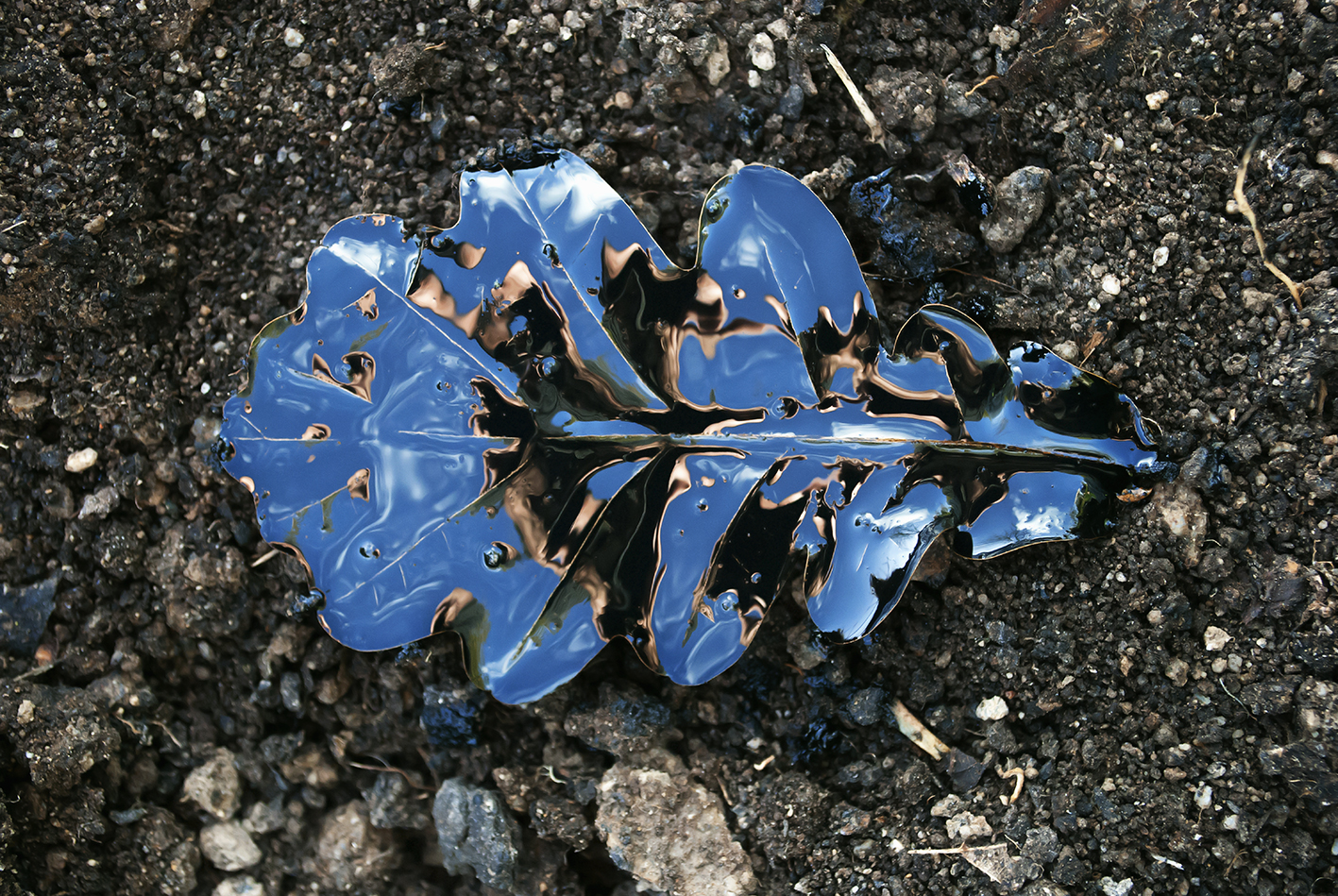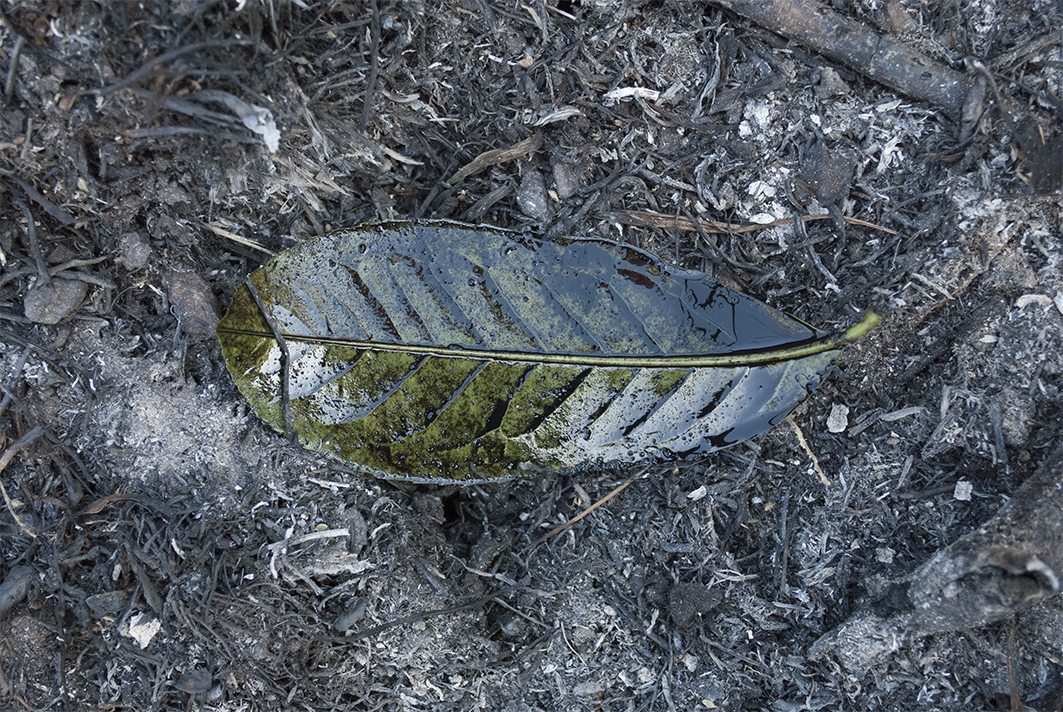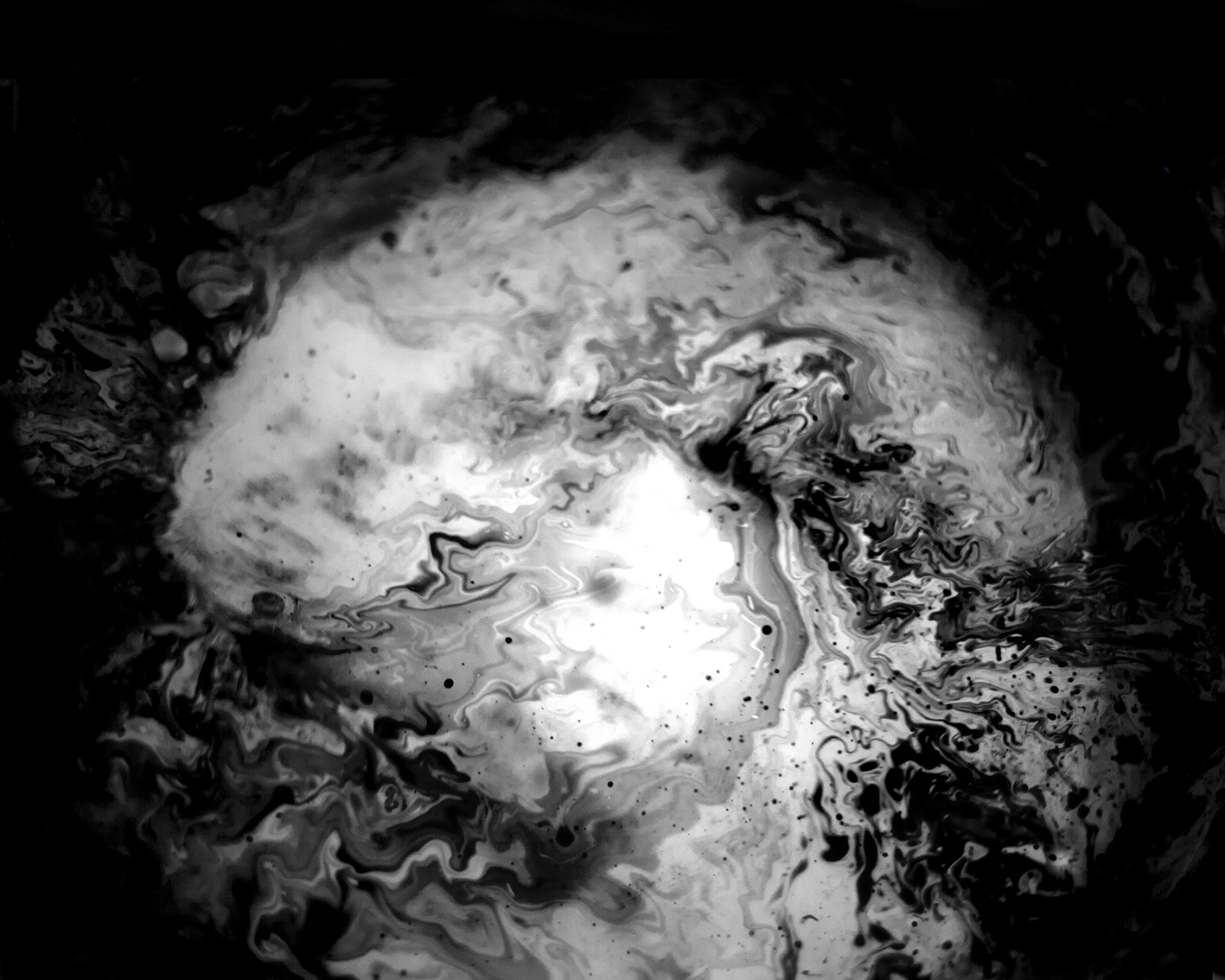Oil
Dominique Robin
With the series of photographs created in my garden, I try to show the incredible cycle of life, from fossil fuel to the blossoming and wilting of a buttercup, thus connecting nearly eight hundred million years. The color of the sky, the trees, and flowers are mirrored and engulfed in a black reflection, a style reminiscent of 18th century romantic painters. In fact, this reflection is made of waste oil, a nonrenewable fossil fuel. In this series of oil photographs, I work simultaneously with the inception and the dissolution of life. And when a gust of wind disturbs the thick density in this sea of black, landscapes of chaotic beauty instantly emerge before our eyes. Are they a fragment of our imagination or a heavenly apparition?
I am fascinated by time scales. When I juxtapose the fragile seeds of a dandelion with a motor oil basin, I investigate the relation between ephemeral and permanence. I try to print on paper the effect of a special moment — the encounter between fragility and immutability. Maybe this intersection defines what we call a “landscape”? When I am watching the strange beauty of the modern landscapes, I keep in mind global warming and ecology, but not only this: Art is like life. It is not possible to contain it in a political discourse. I finally have to admit that I love the smell and the very dark aspect of the motor oil (maybe because of a childhood memory). I also admire the shape of the nuclear chimney, no matter if it is the worst invention of our civilization.
Maybe my works try to create what Baudelaire wanted to do with his poetry: “You gave me your mud and I have turned it into gold.” An artist is just a modest creator of forms. In a new form there is everything — political ideas, personal and collective memories, aesthetic desire, and the many things that no one imagines.
*A Claude glass (or black mirror) is a small mirror, slightly convex in shape, with its surface tinted a dark color. Bound up like a pocket-book or in a carrying case, Claude glasses, named after Claude Lorrain (a 17th-century landscape painter)’were used by artists, travelers, and connoisseurs of landscape and landscape painting.
Dominique Robin is a mixed-media artist who prefers photography but also uses drawings, video, and sounds. His works are created in a variety of contexts (the street children of Rwanda, a group of scientific researchers working in a laboratory . . . ), with a particular focus on environmental topics. Over the last three years, he has been working on a specific project about fossil fuels: Oil (a series of photos about petroleum) and Reaction (an installation about the impact of nuclear power plants on landscape). Oil was exhibited at the 2015 United Nations Climate Change Conference (Paris, inside the Ministry of Ecology). Dominique has also often worked with M2R Films.




